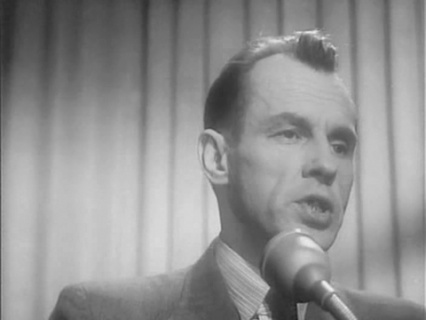
On September 29, 1955, a supposedly friendly football match between the USSR and Hungary was scheduled at Moscow’s Dynamo Stadium, an event designed to ease the palpable political tension between the two nations. For many in the Soviet Union, this was a rare window into the world of international sport, a moment amplified by the arrival of a revolutionary technology in their homes: the television. For one Moscow family, the purchase of a new ‘Avangard’ television set, with its small, bluish screen, marked a turning point, transforming a geopolitical event into a personal, vivid experience that would be etched in memory.
The political stakes were immense. Hungary, at that time, was home to the ‘Golden Team,’ the undisputed masters of world football. Led by legends whose names were whispered with awe even behind the Iron Curtain—Ferenc Puskás, Sándor Kocsis, and Nándor Hidegkuti—the Hungarians had recently humiliated England at Wembley. In a Soviet Union where information from abroad was severely restricted, the reputation of the ‘Mighty Magyars’ was almost mythical. This match was more than a game; it was a test of national pride against a backdrop of Hungary’s wavering position between Soviet-style socialism and Western capitalism, a tension that would erupt into revolution just a year later.
For those watching at home, the experience was a revelation that went beyond the sport itself. The advent of television fundamentally altered the relationship with the media. Previously, the voice of the legendary radio commentator Vadim Sinyavsky had been the sole creator of the game’s reality, painting vivid, heroic images in the listener’s imagination. His words were the action. But the television camera, with its cold, objective lens, made this artistry almost redundant. Suddenly, viewers could see for themselves as Kocsis surged down the wing or as the great Soviet goalkeeper Lev Yashin made a spectacular save. The commentator’s passionate descriptions became an accompaniment rather than the main event, marking a profound shift from a medium of imagination to one of direct observation.
The match itself was a nail-biting affair, ending in a 1-1 draw. For a young Soviet spectator, this result against the world’s best team felt like a monumental victory. It was a moment of pure patriotic joy, a feeling of having stood equal to the titans of the game. The draw was celebrated not just as a sporting achievement for the Soviet team, a blend of Spartak Moscow stars and other top players, but as a symbolic triumph on the international stage, momentarily soothing the anxieties of the Cold War era with a shared sense of accomplishment.
The impact of that match resonated far beyond the stadium and the television screen, spilling out onto the makeshift summer pitches of the Moscow suburbs. Inspired by the broadcast, children passionately re-enacted the on-screen drama, becoming Puskás or Yashin in their own minds. They argued over goals, played with all their hearts, and, in their own small way, mirrored the intensity and passion of the grand international spectacle. It was a testament to the power of sport to transcend political divides, creating heroes and shared experiences that brought a spark of human connection to a deeply divided world.
